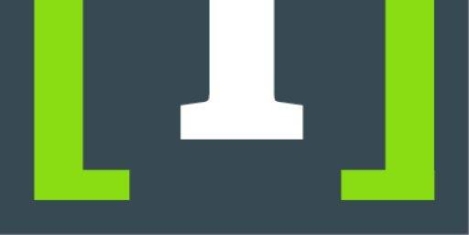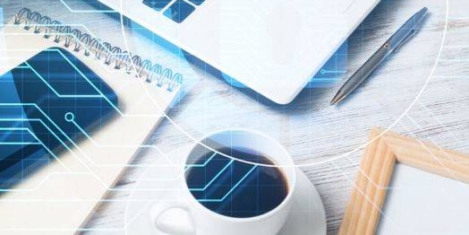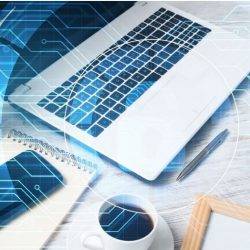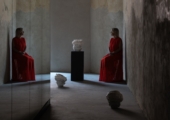July 4, 2017
Fourfront Group announces merger of commercial interior businesses 0
 Fourfront Group has merged design and fit-out company Area Sq with contractor Cube to create Area, one of the largest workplace design and fit-out firms in the UK. The move comes off-the-back of an 80 percent increase in Group turnover over the last three years. Fourfront Group now consists of three businesses: Area, Sketch Studios which specialises in office furniture and logistics, and 360 Workplace which provides workplace consultancy services. Area’s CEO Gary Chandler, said the merger was agreed to ensure that Fourfront Group “can deliver a single, focused offering to the market, allowing professional teams to engage with one business irrespective of procurement criteria, for the first time. The commercial design and fit-out market is evolving at rapid pace, as professional teams become more prevalent in the procurement of projects, acting on behalf of end-user clients. This bold move of merging two well-recognised brands will enable us to be more agile and aligned to our clients and their diverse requirements. With the creation of Area, we are bringing together expertise, market knowledge and skills to create a platform for delivering excellence.”
Fourfront Group has merged design and fit-out company Area Sq with contractor Cube to create Area, one of the largest workplace design and fit-out firms in the UK. The move comes off-the-back of an 80 percent increase in Group turnover over the last three years. Fourfront Group now consists of three businesses: Area, Sketch Studios which specialises in office furniture and logistics, and 360 Workplace which provides workplace consultancy services. Area’s CEO Gary Chandler, said the merger was agreed to ensure that Fourfront Group “can deliver a single, focused offering to the market, allowing professional teams to engage with one business irrespective of procurement criteria, for the first time. The commercial design and fit-out market is evolving at rapid pace, as professional teams become more prevalent in the procurement of projects, acting on behalf of end-user clients. This bold move of merging two well-recognised brands will enable us to be more agile and aligned to our clients and their diverse requirements. With the creation of Area, we are bringing together expertise, market knowledge and skills to create a platform for delivering excellence.”




































June 30, 2017
Why using recyclable materials is no longer enough to protect the environment 0
by Michael Tyerman • Comment, Environment, Workplace design
(more…)